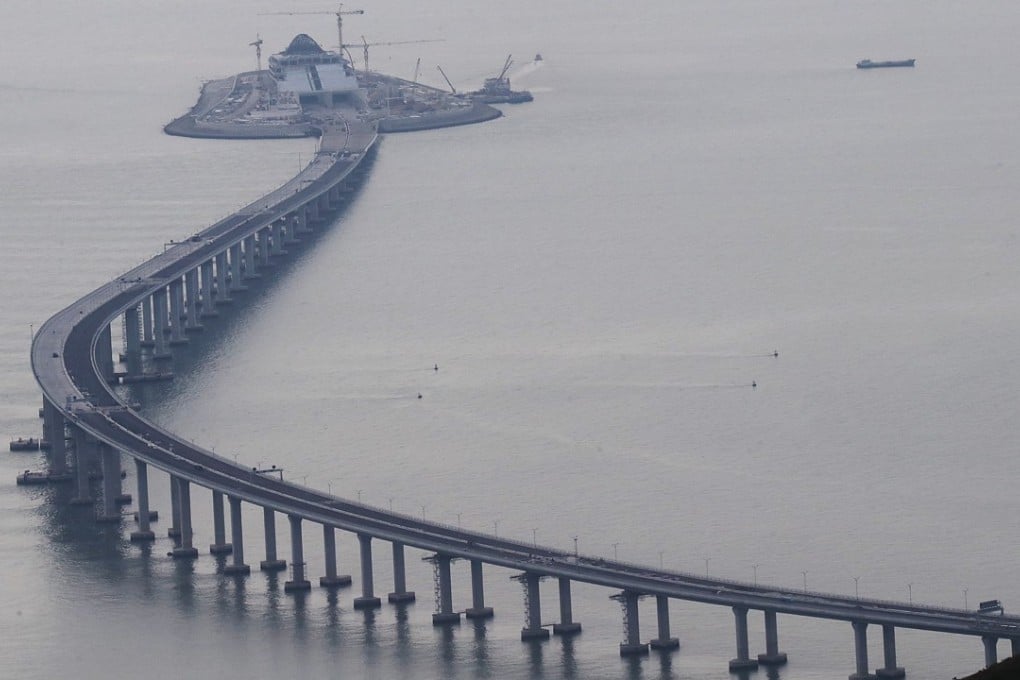Hong Kong’s bridge to Zhuhai to allow 7,000 extra cars to cross after ‘overwhelming’ demand for permits
Transport Department raises number of cross-border plates up for grabs to private drivers to 10,000, but stringent criteria for applicants remain

Transport chiefs on Tuesday more than trebled the number of private cars they will license to drive across the under-construction bridge from Hong Kong to the mainland, due to an “overwhelming response” from applicants for the first batch of permits.
The expansion from 3,000 to 10,000 permits – praised by legislators representing the transport and tourism sectors – came in the run-up to a hearing on the bridge’s tolls organised by the Guangdong government.
Only people or companies with certain financial or political contributions on the mainland will get permits to cross it in private cars.
On Tuesday the Transport Department said the governments of Hong Kong and Guangdong province had increased the number of permits for Hong Kong private cars by 7,000, due to high demand after the first batch of 3,000 was announced on August 25.